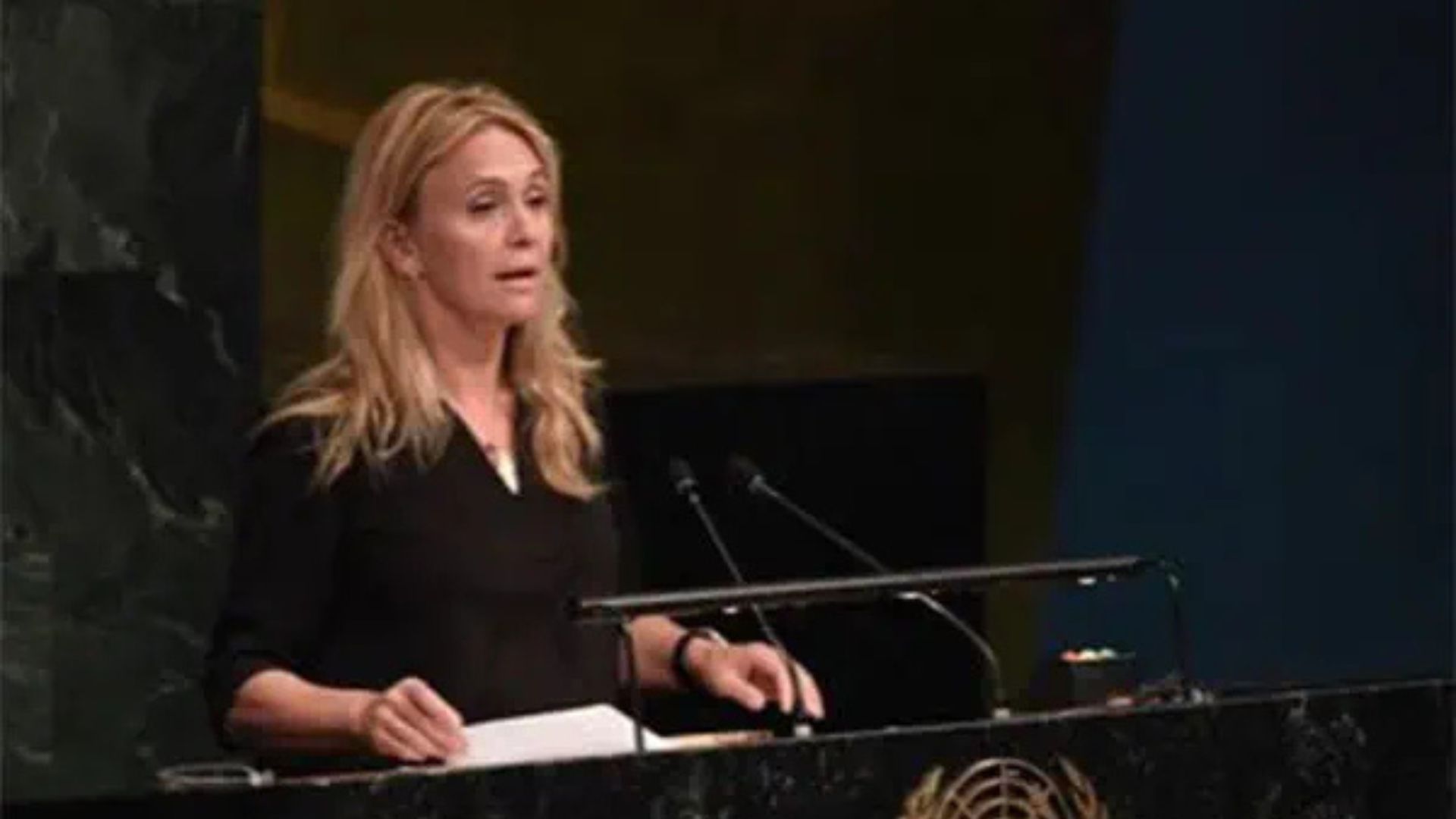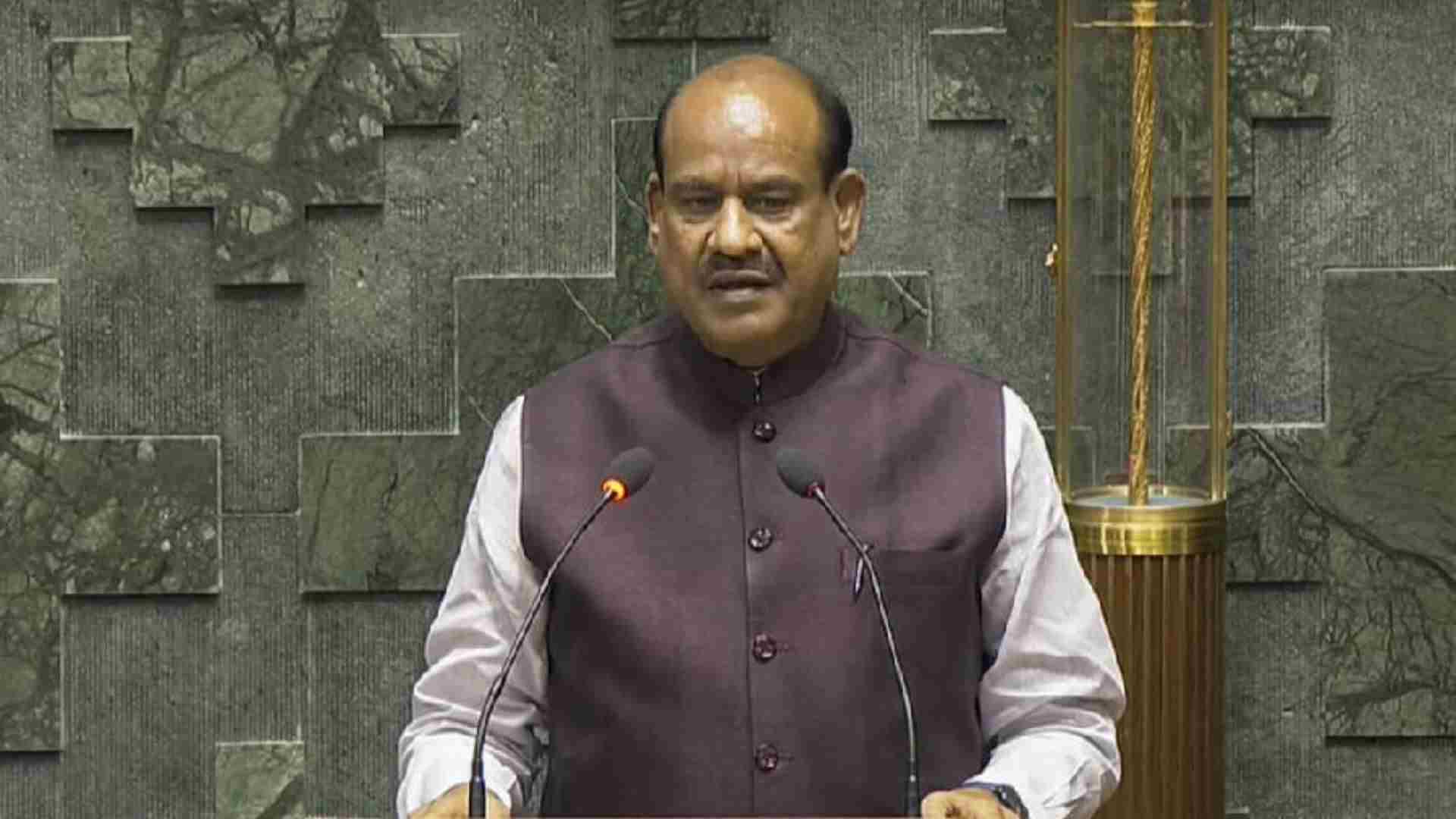In a groundbreaking collaboration, researchers from the Indian Institute of Technology (IIT) Guwahati and the University of Stellenbosch in South Africa are investigating one of the deepest mysteries in physics: the quantum nature of gravity.
The research, led by Dr. Bibhas Ranjan Majhi, Associate Professor in the Department of Physics at IIT Guwahati, and Dr. Partha Nandi of the University of Stellenbosch, focuses on gravity-induced entanglement (GIE). This phenomenon has the potential to bridge two fundamental pillars of modern science: general relativity and quantum mechanics.
Their study aims to explore how gravity behaves at extremely small scales, such as those involving atoms and subatomic particles, where current theories often break down. The findings have been published in the prestigious journal Physics Letters B.
Physics currently operates under two separate frameworks: Albert Einstein’s general relativity, which explains how gravity works for massive objects like planets and stars as the curvature of space-time, and quantum mechanics, which governs the behavior of particles on atomic and subatomic levels. Although both theories excel within their domains, they fail to align when explaining gravity at the quantum level, leaving a gap in scientific understanding that researchers are eager to address.
Dr. Majhi and Dr. Nandi’s research takes an innovative approach by examining how gravity might lead to entanglement, a quantum mechanics phenomenon where two particles become interconnected, such that the state of one affects the other, regardless of the distance between them. Gravity-induced entanglement suggests that, under certain conditions, gravitational forces could create this quantum connection, revealing a new aspect of gravity.
“We have developed a theoretical framework that connects a two-dimensional quantum harmonic oscillator with gravitational waves—ripples in space-time caused by massive objects like black holes,” Dr. Majhi explained. “This approach bypasses the limitations of classical communication methods and explores whether quantized gravitational waves can induce entanglement. Our findings show that while classical gravitational waves do not generate entanglement, the quantum version of these waves does, at the second order of gravitational perturbation.”
The implications of this research are far-reaching. If gravity-induced entanglement can be detected using gravitational wave detectors, it could provide the first evidence that gravity operates at a quantum level. Such a discovery could unlock other cosmic mysteries, including the nature of dark matter and dark energy. These two enigmatic components make up most of the universe but remain poorly understood.
Dr. Majhi and Dr. Nandi’s work represents a significant step forward in the quest to understand the quantum nature of gravity. Their research advances the search for quantum gravity and lays a foundation for future discoveries, potentially unifying the understanding of the universe’s largest and smallest elements.







